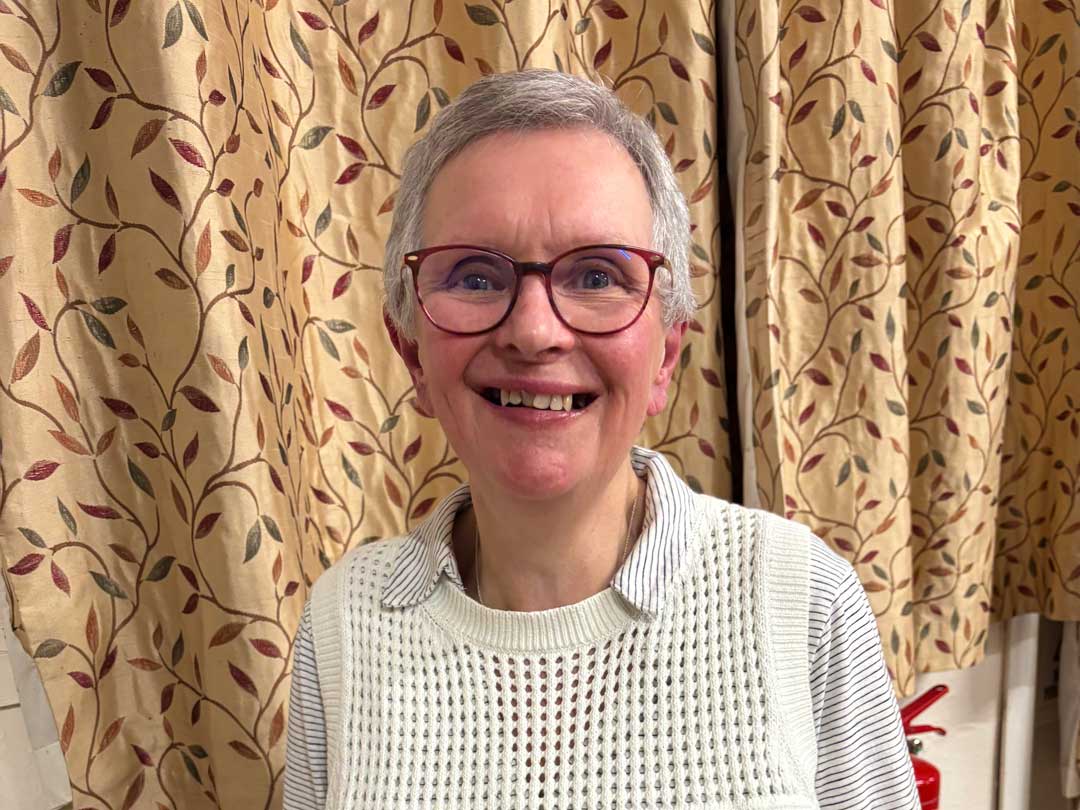Jenny Barley, a member of the committee, was the first speaker of the year and gave an interesting talk on the Stuart Monarchy in Suffolk. Jenny used to work at the National Horseracing Museum so was well-qualified to explain the Royal and racing connection to the county.
James the VI and Ist started coming to Newmarket to escape the plague in London. He would bring his’ favourites’ with him to enjoy hunting at Thetford and often stayed with friends in the area to save money. He eventually had Palace House built by Inigo Jones on the site of The Griffin Inn and decreed that the road from London to Newmarket should be improved. He described Newmarket as a ‘poor little village’ at that time.
His son, Charles I also came to Newmarket and as well as hunting and racing, he played tennis on a Real tennis court in the town, which is still there today.
Charles II loved racing and started the race for the Town Plate, still run today. He built a new palace as the original had become a ruin during the Civil War and the influence of the Dutch architect he chose is very evident. His mistress Nell Gwynne bought a house in the town and although many searched have been made to find a tunnel between her house and the Palace, no evidence has been found. He also was the first monarch to have a Royal yacht which took part in races between Harwich and Aldeburgh after the Thames was declared too boring!
William and Mary also loved racing and William also enjoyed cock-fighting at a Pit in Newmarket as well as gambling.
Queen Anne often came to Newmarket and had a Pavilion built from where she could watch the horse on the Heath. She had some house taken down as they spoiled the view! She gave £1,000 to pave the streets of the town and £40 to educate poor children. As her health failed, she had Ascot developed for horse racing as it was nearer to London.
Much to learn and much to enjoy! A great start to the year!
